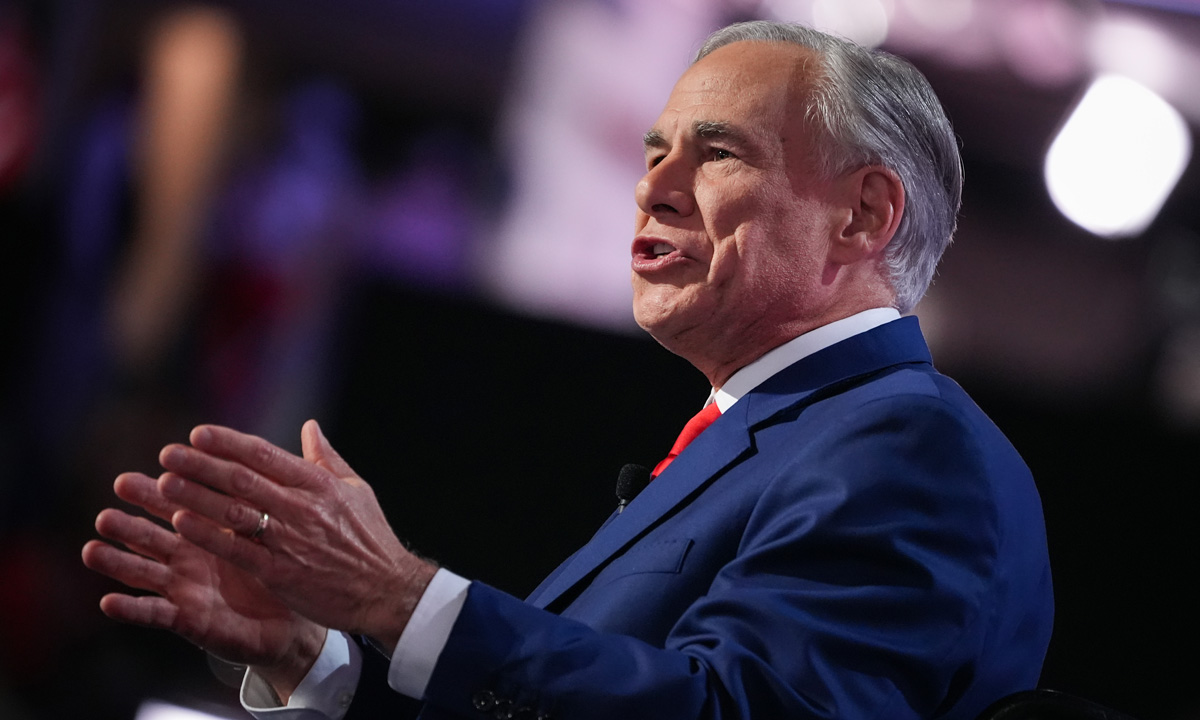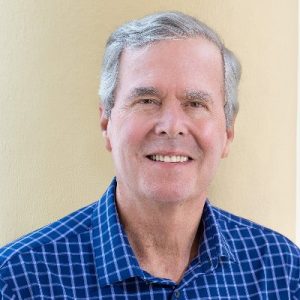Jeb Bush: Texas’ Education Savings Account Victory Can Set Nationwide Standard
Managing ESAs at scale is no small task. The strength of Texas’ new program lies not just in its size, but in its potential to drive innovation.

Get stories like this delivered straight to your inbox. Sign up for The 74 Newsletter
After decades of debating private school choice, Texas has delivered a monumental victory for its students and families. With the passage of a $1 billion education savings account (ESA) program, Texas joins a growing list of states giving parents real power to customize their children’s education. But this is more than just a win for Texas families — it is a moment of national significance that can reshape how ESA programs work across the country.
Over the past few years, the education choice movement has taken off, with states from Arizona to Florida to Iowa launching or expanding ESA programs that allow parents to direct funding for their children’s education toward schooling environments, services or products that meet their needs. Texas’ program, which will launch in the 2026-27 school year, is the largest new investment in this idea to date. It couldn’t come at a more critical time.
The strength of Texas’ new program lies not just in its size, but in its potential to drive innovation. Managing ESAs at scale is no small task. As more families gain access to these accounts, states are realizing that approving every expenditure on educational products, services and vendors one by one may not be sustainable. Parents need programs that are efficient, transparent and flexible — more like managing a health savings account than applying for a grant every time they want to buy a math workbook.
Texas has the chance to lead the way by adopting a debit card model where parents use secure accounts linked to approved expense categories instead of an endless string of applications and approvals. Think about how a health savings account debit card works to pay for everything from a doctor’s visit to a pharmacy prescription. On the back end, that system uses codes to categorize eligible purchases. A similar system for education that categorizes tutoring, curriculum, therapies, classes and more would make it dramatically easier for parents to navigate their options without compromising accountability.
Building a modern, intuitive ESA system in Texas would do more than serve families in the Lone Star State. It would create a blueprint for every other state in the country. Instead of reinventing the wheel, states could adopt common standards for educational expense categories and fraud prevention, all of which would lead to faster program launches, improved oversight and better experiences for families nationwide.
The country is standing at the brink of an era when education funding finally and truly follows students. Parents in the nearly 20 states that have adopted ESAs are empowered not just to access a quality school for their kids, but to customize that educational experience in a way that felt unattainable just a decade ago.
As we’ve learned in Florida over the past quarter-century, expanded choice must go hand in hand with thoughtful design. Parents deserve the freedom to personalize their child’s education without unnecessary red tape. Taxpayers deserve programs that are transparent and accountable. And states deserve solutions that scale as participation grows.
The Texas Legislature and Gov. Greg Abbott have shown they are willing to lead on education freedom. As this program moves from legislation to reality, they also can lead by building a model ESA program that operates efficiently, is easy to use and sets a high bar for excellence. If they succeed, the ripple effects will extend far beyond Texas’ borders.
Advocates should celebrate the incredible progress that school choice has made in recent years and recognize that how these programs are built matters just as much as generating the support to create them. The passage of Texas’ ESA program marks a new chapter, not just for Texas students, but for the future of education choice across America.
If policymakers get this right, the next generation of ESA programs will be faster, smarter and more parent-friendly than ever before — guaranteeing that every family, no matter where they live, can access a customized education that unlocks their child’s full potential.
Get stories like these delivered straight to your inbox. Sign up for The 74 Newsletter

;)
